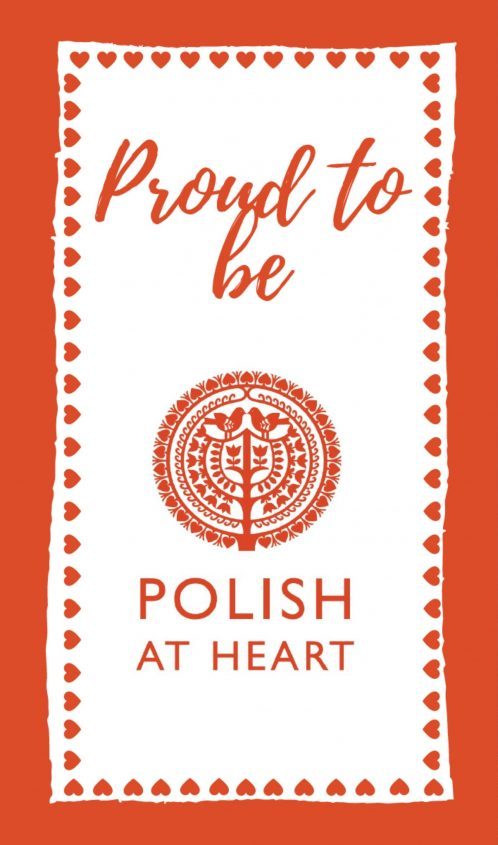Often on Andrzejki (St Andrew’s Eve), when the nights are dark, according to Polish tradition I gather a group of young girls and amongst hoots of laughter and hysterics they tell fortunes about whether they will get married, become spinsters or nuns. And men had their own day for similar games – all in a night’s entertainment based on old Polish traditions which were once taken a lot more seriously than this. But what other forecasting was once carried out for Andrzejki, Jędrzejki or St Andrew’s Eve – the 29th November?
Many countries celebrate
In Germany, it is celebrated as Andreasnacht , in Austria with the custom of Andreasgebet (St. Andrew’s Prayer), and in Poland as Andrzejki (Andrew’s festivities) and in Russia as Андреева ночь (Andrew’s night). Scotland, of course, has a national day in honour of its patron saint Andrew on 30th November, thought it’s a feast of Scottish culture rather than fortune telling. In Poland St. Andrew’s Day on 30th November closes the catholic church year before the start of Advent so with the ending of the year, people naturally look ahead to the future. Once Advent started, traditionally there were no parties until Christmas, so what better reason to party with a crowd of girls. Men also had their own day for telling fortunes a few days earlier, on the eve of Świętej Katarzyny (St Catherine’s Day) 25 November – the patron saint of virtuous men.
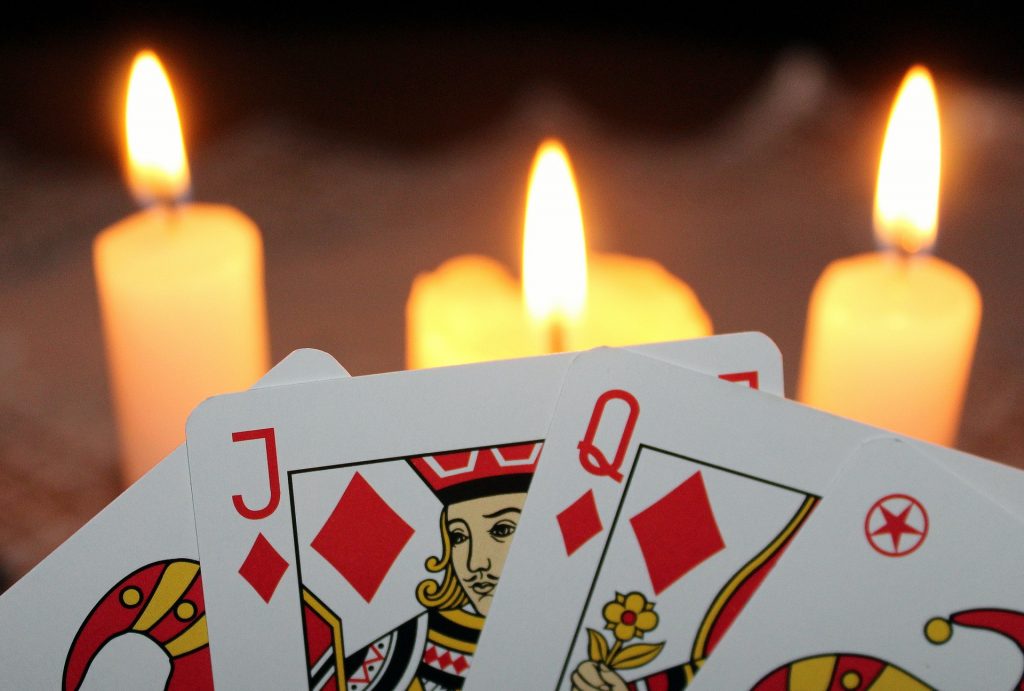
Photo: Pixabay
What has St Andrew got to do with it?
Saint Andrew was one of the first apostles, who was crucified in Greece at Patras on an X-shaped cross. This is represented by the diagonal cross on Scotland’s flag. He is also known as a Slavic saint of Russia, Romania and Ukraine as legend has it that he preached as far as the Black Sea. From there he travelling up the Dnieper River and reached the location later known as Kyiv, where he erected a cross where the magnificent Church of St Andrew now stands. Andrew is the patron saint of fishermen but also that of spinsters and brides to be.
Some less well known customs
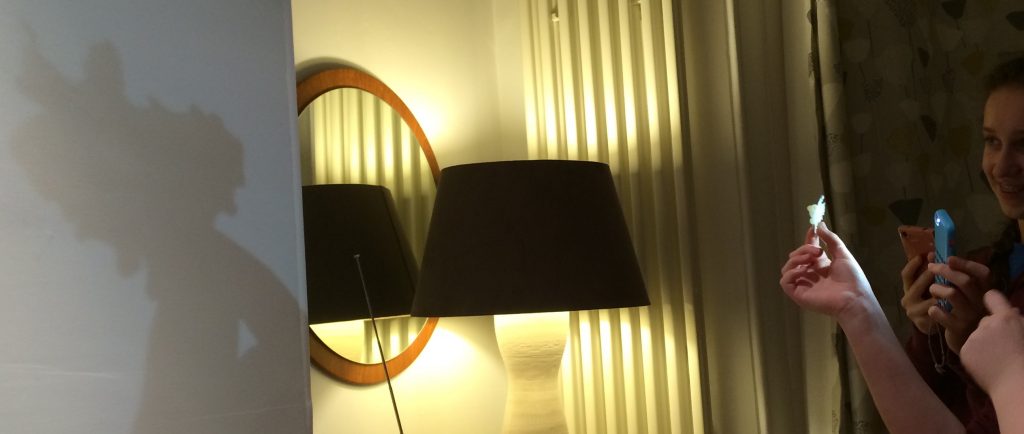
Pouring hot wax onto water and seeing what shapes it makes / Photo: A Kucewicz
In Eastern Poland and also in the Ukraine, girls would sow linen or other seeds. In the Łemkowski region (South East Poland), they would sow these seeds on the path leading to their house, raking them with a pair of men’s trousers to speed the arrival of a husband. This all had to be done at the dead of night. On the German border they would throw the seeds around their bed or in the bedding in the hope of love growing around them. On the borders of Czechia, girls would totally undress and throw seeds over themselves, hoping that in sowing the seeds, their lover would be waiting there, when they grew into flowers, know as a St. Andrew’s garden. Animals also played a part in Poland. Listening out for a dog’s bark, crow crowing, pigs snorting, the girls would see if it sounded like a „tak” (yes) because silence would mean no marriage for the next year.
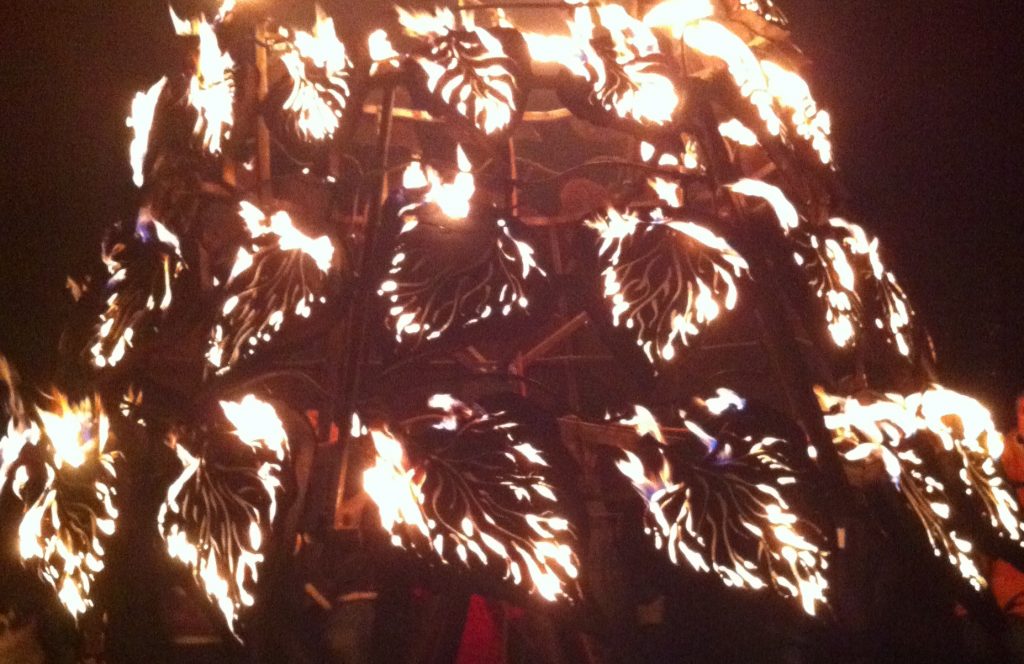
Photo: A Kucewicz
A few days earlier on the night of 24th November, men would also gather to party. A cherry twig picked this night and placed in water may bloom at Christmas, which would mean marriage in the next year. Under a pillow together with something that belonged to a girl, it would give hope for a dream about their future fiancé. This men’s tradition has faded into history as this revelry was more related to the coming of advent when no parties or marriage services took place:
“Święta Katarzyna adwent zawiązuje, sama hula, pije a nam zakazuje”
“Saint Catherine ties us up for Advent – she revels and drinks but forbids us”.

Photo: Pixabay
Modern celebrations?
There are parties for children and evening events adults in Poland and amongst Poles worldwide. Although many will include a meal and dancing, a few will include games include laying out everyone’s shoes from the wall to the door and the one whose shoe crosses the doorway will be first to marry or listing names of known boys or girls on a large heart, inserting pins from the other side to guess which one will be yours. I particularly love the symbols of marriage, spinsterhood or life in a cloister hidden under cups and chosen at random. There may also be hot wax pouring, popularised in Stanisław Moniuszko’s 19th century opera „Straszny Dwór” (The Haunted House).
More than anything it’s a lovely reason to get together with some friends, have a bit of fun and make that link to times gone by when village girls and boys, with little else to do in the dark evenings, would find ways of predicting their future lives and perhaps even spark off a new romance.

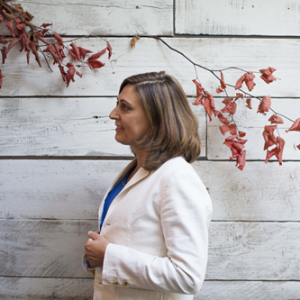
 1.Tracing Family History pre-WW2
1.Tracing Family History pre-WW2 2. Tracing Family History WW2
2. Tracing Family History WW2